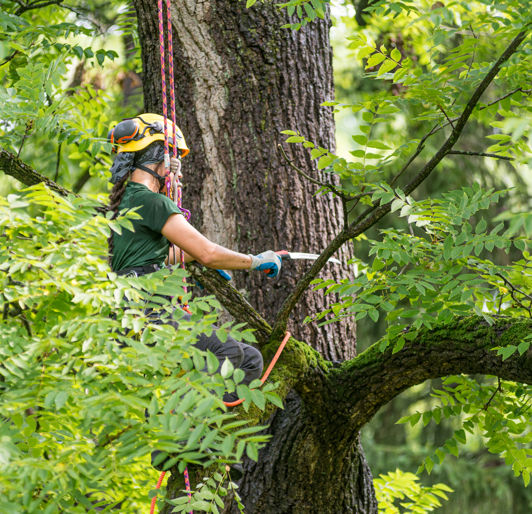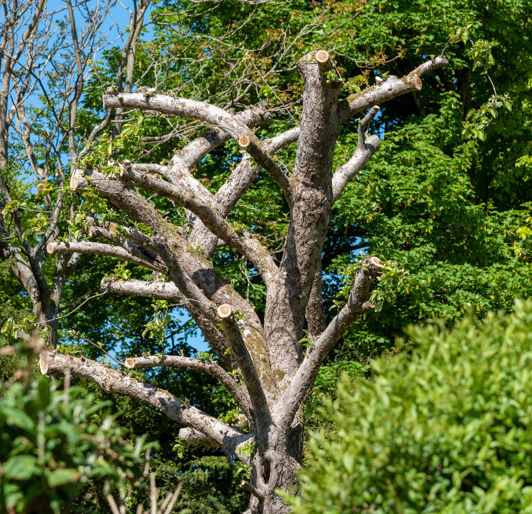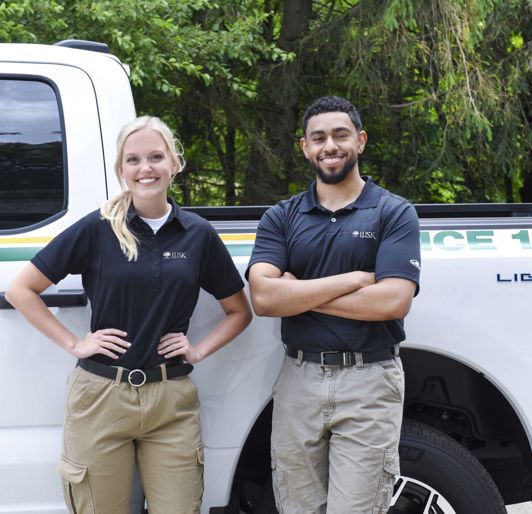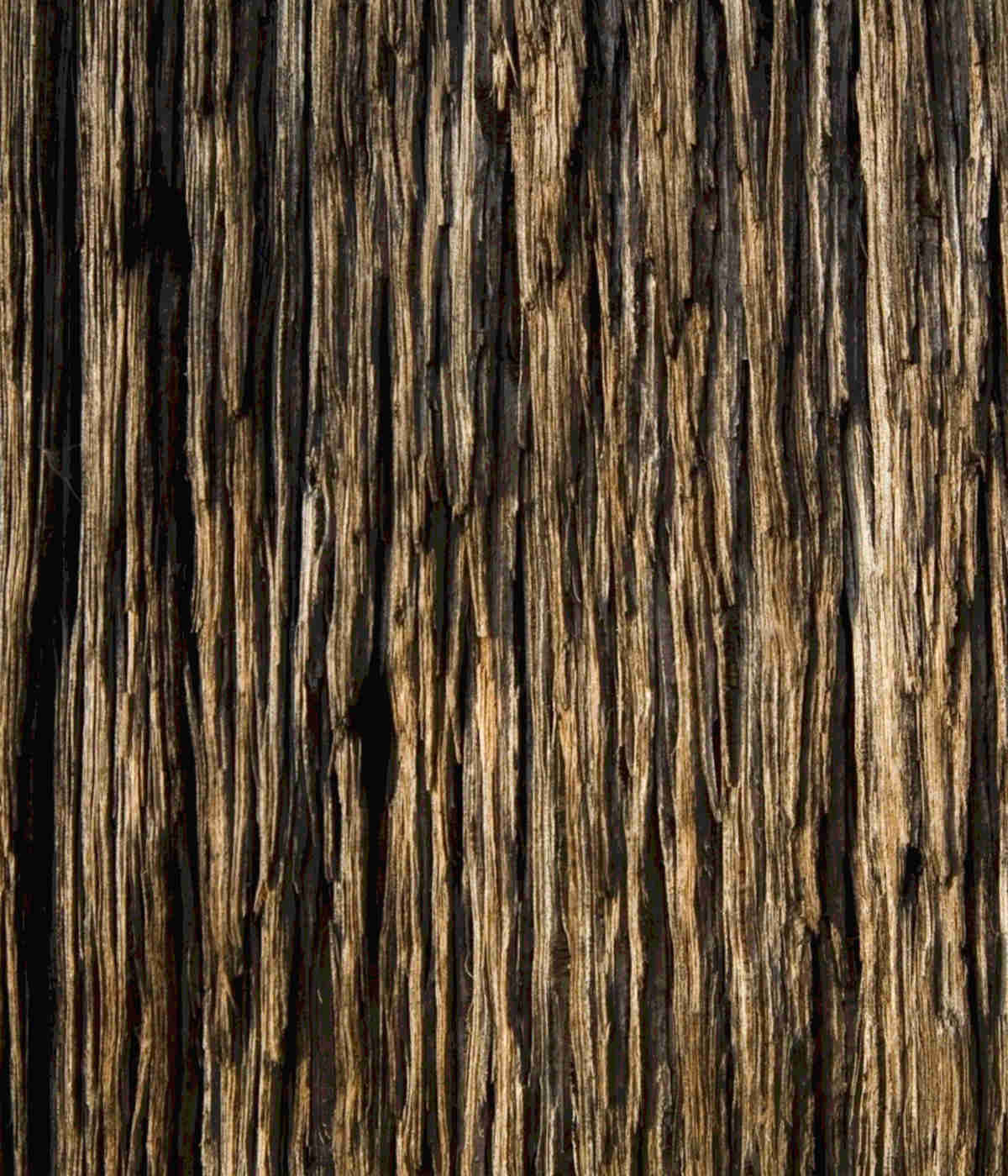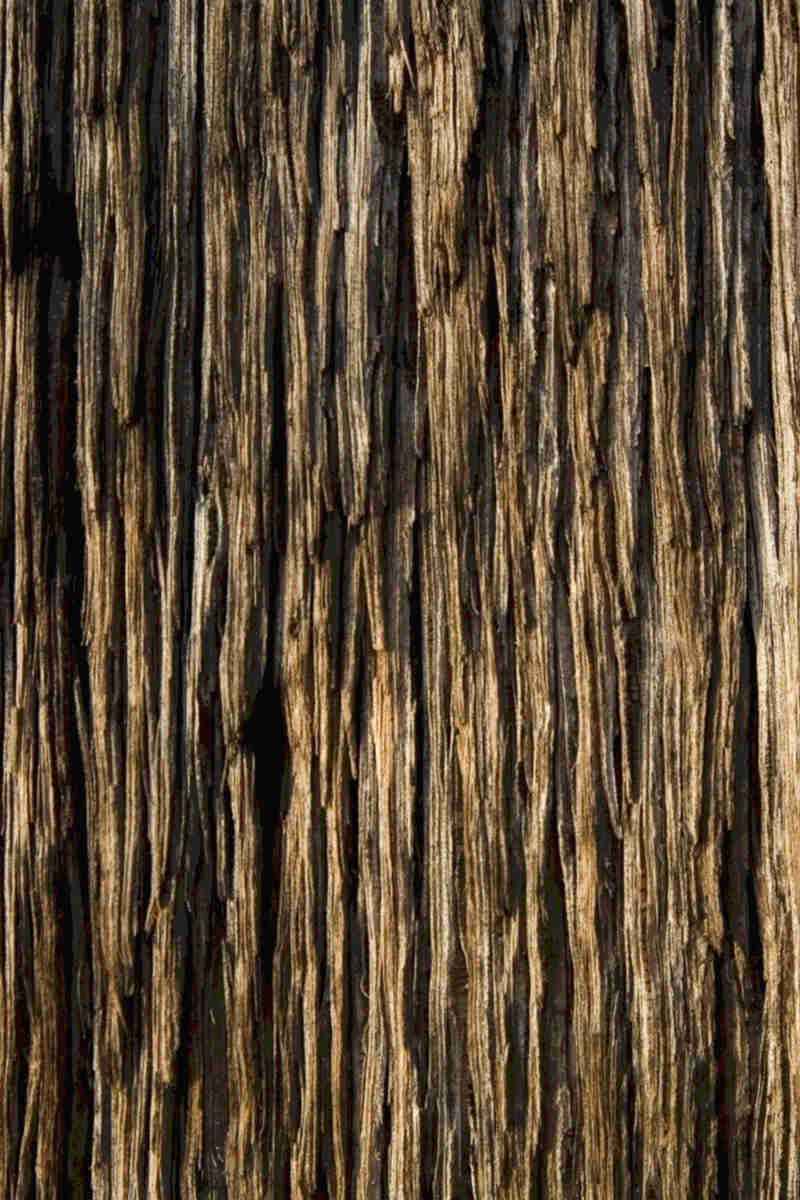The ultimate goal of tree trimming and pruning is to maintain both the health and appearance of the tree while keeping the property and buildings protected from any future damage.
Properly pruned trees have a natural appearance. Having in-depth knowledge about different tree species' growth patterns, sunlight requirements, and the branch-shedding patterns of free-standing trees and trees growing in groups is imperative.
The professional arborists at Lusk Tree Service are experienced and trained to understand the precise cuts required to remove dead, damaged, or diseased limbs in a way that most benefits the health of the tree. Our maintenance tree trimming and pruning is designed to eliminate entry points for bacteria and decay fungi.
We believe in respecting the life of the tree and treating it as a living system, in conjunction with its surroundings. Our certified arborists service the Winston-Salem area.


